A closer look at plasmonics
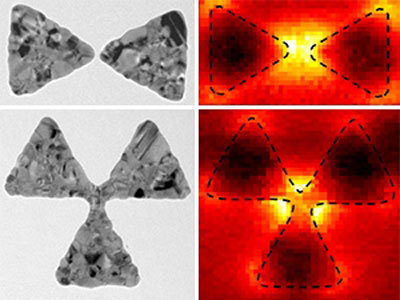 The combination of transmission electron microscopy and electron energy-loss spectroscopy allows for the study of surface plasmon resonance in nanostructures.
The combination of transmission electron microscopy and electron energy-loss spectroscopy allows for the study of surface plasmon resonance in nanostructures.
Jul 20th, 2011
Read more
 The combination of transmission electron microscopy and electron energy-loss spectroscopy allows for the study of surface plasmon resonance in nanostructures.
The combination of transmission electron microscopy and electron energy-loss spectroscopy allows for the study of surface plasmon resonance in nanostructures.
Jul 20th, 2011
Read more Buckyballs can be converted into graphene quantum dots by heating them on a ruthenium substrate.
Buckyballs can be converted into graphene quantum dots by heating them on a ruthenium substrate.
Jul 20th, 2011
Read more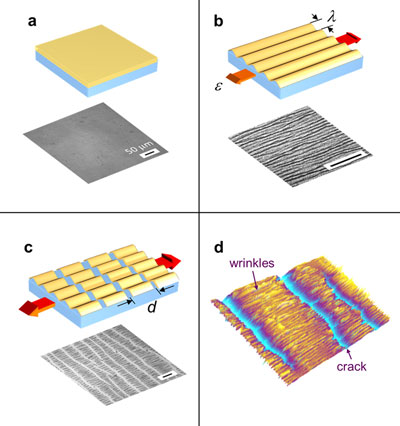 Researchers at the National Institute of Standards and Technology (NIST) have demonstrated a measurement technique that reliably determines three fundamental mechanical properties of near-nanoscale films.
Researchers at the National Institute of Standards and Technology (NIST) have demonstrated a measurement technique that reliably determines three fundamental mechanical properties of near-nanoscale films.
Jul 20th, 2011
Read more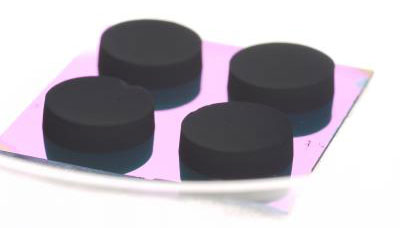 Researchers at the National Institute of Standards and Technology (NIST) have found that dense arrays of extra-long carbon nanotubes absorb nearly all light of long wavelengths, and thus are promising coatings for prototype detectors intended to measure terahertz laser power.
Researchers at the National Institute of Standards and Technology (NIST) have found that dense arrays of extra-long carbon nanotubes absorb nearly all light of long wavelengths, and thus are promising coatings for prototype detectors intended to measure terahertz laser power.
Jul 20th, 2011
Read moreThe University of Illinois at Urbana-Champaign today announced it has entered into a licensing agreement with Xerion Advanced Battery Corp. under which Xerion has the exclusive right to bring the University's StructurePore battery-charging technology to the market.
Jul 19th, 2011
Read moreSocieties meet a growing need of members whose funding agencies require open access publishing.
Jul 19th, 2011
Read moreResearchers of the University of Granada and Edimbourgh have developed a new therapy for cancer based on nanotechnology that might improve significantly chemotherapy, as it has not cause side effects.
Jul 19th, 2011
Read more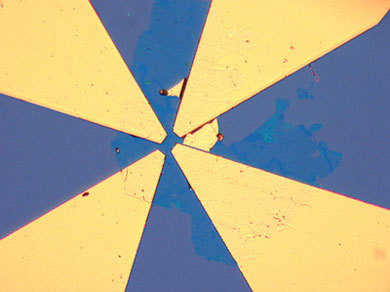 Researchers at Rensselaer Polytechnic Institute have developed a new method to harvest energy from flowing water. This discovery aims to hasten the creation of self-powered microsensors for more accurate and cost-efficient oil exploration.
Researchers at Rensselaer Polytechnic Institute have developed a new method to harvest energy from flowing water. This discovery aims to hasten the creation of self-powered microsensors for more accurate and cost-efficient oil exploration.
Jul 19th, 2011
Read moreNano-imprinting enlarges the luminosity of screens efficiently without using more energy. Engineers of the European research project NaPanil have modified the glass surfaces on the micrometric and nanometric scale in order to control the path of the light.
Jul 19th, 2011
Read moreThe organizing committee under the chairmanship of Professor Douglas Taylor are pleased to announce a Conference and Exhibition on exosomes and microvesicles to be held from the 15th to 17th October at the Wyndham Lake Buena Vista Resort, Florida.
Jul 19th, 2011
Read more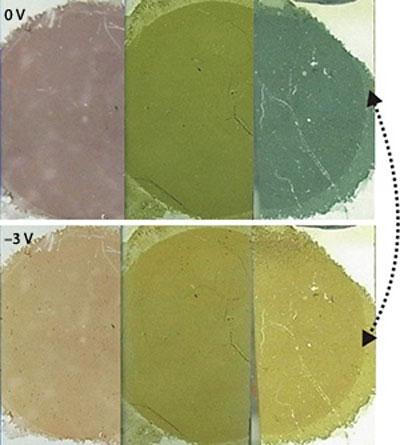 Smart glass can change color or even go from opaque to transparent with just the flick of a switch. Indium tin oxide is used as an electrical contact in many of these 'electrochromic' devices because it is both transparent to visible light and a good conductor of electricity. But indium and tin are both becoming increasingly expensive as the global supply diminishes. Researchers have now shown that carbon could be the perfect replacement.
Smart glass can change color or even go from opaque to transparent with just the flick of a switch. Indium tin oxide is used as an electrical contact in many of these 'electrochromic' devices because it is both transparent to visible light and a good conductor of electricity. But indium and tin are both becoming increasingly expensive as the global supply diminishes. Researchers have now shown that carbon could be the perfect replacement.
Jul 19th, 2011
Read more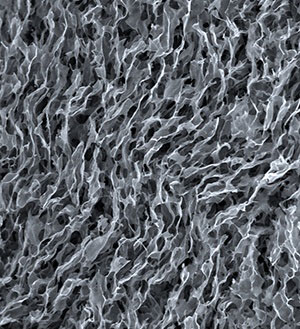 A liquid crystal-like transition between isotropic and nematic phases in liquid suspensions of graphene oxide holds promise for a range of applications.
A liquid crystal-like transition between isotropic and nematic phases in liquid suspensions of graphene oxide holds promise for a range of applications.
Jul 19th, 2011
Read more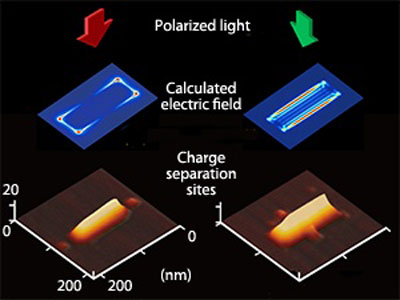 The ability to image electric field distributions in plasmonic nanostructures could pave the way for enhanced plasmonic devices.
The ability to image electric field distributions in plasmonic nanostructures could pave the way for enhanced plasmonic devices.
Jul 19th, 2011
Read more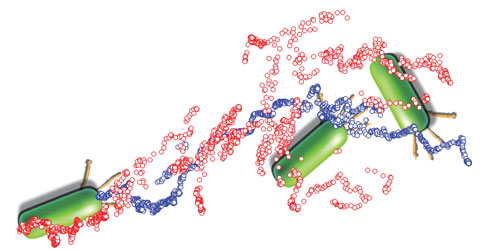 Bacteria use various appendages to move across surfaces prior to forming multicellular bacterial biofilms. Some species display a particularly jerky form of movement known as "twitching" motility, which is made possible by hairlike structures on their surface called type IV pili, or TFP.
Bacteria use various appendages to move across surfaces prior to forming multicellular bacterial biofilms. Some species display a particularly jerky form of movement known as "twitching" motility, which is made possible by hairlike structures on their surface called type IV pili, or TFP.
Jul 19th, 2011
Read moreGuenstiges faltbares Kraftwerk liefert genug Strom, um einen Laptop-Monitor zu versorgen.
Jul 19th, 2011
Read moreResearchers from A*STAR Institute of Microelectronics (IME) have developed a lateral silicon-based drug screening tool that has demonstrated simultaneous capture of 12 individual cells - 12 times higher throughput than conventional patch clamping.
Jul 19th, 2011
Read more